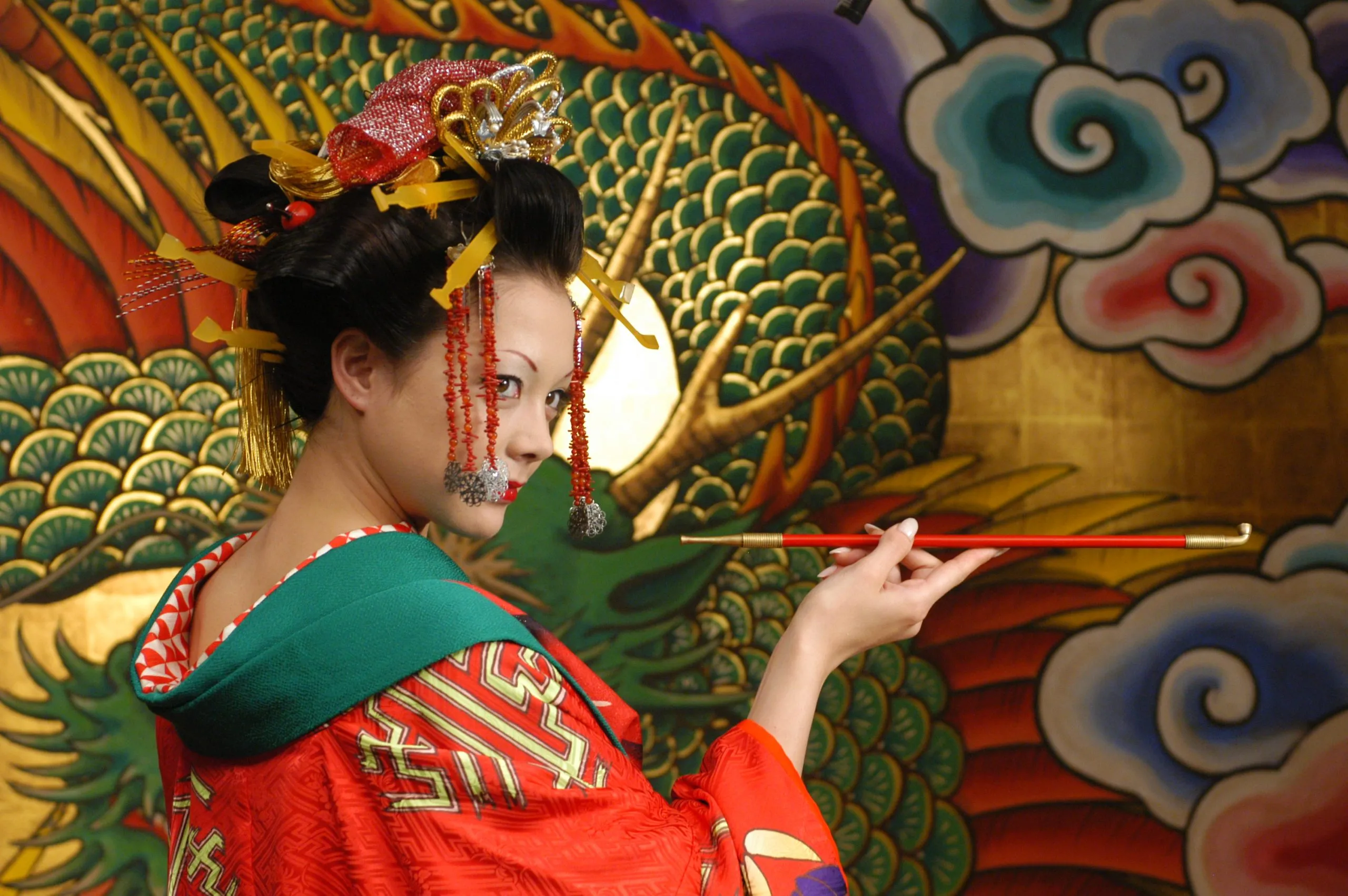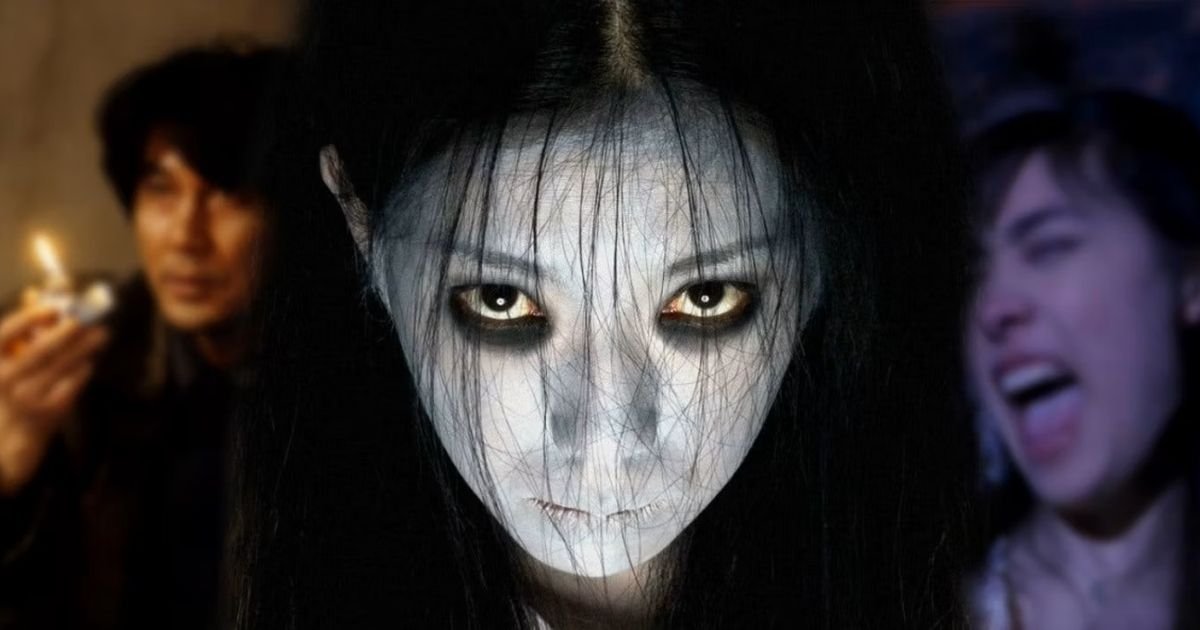Women have played a significant role in Japanese cinema, both in front of and behind the camera. Their contributions have shaped the industry and influenced storytelling, reflecting broader social changes and cultural shifts. This article explores the evolving role of women in Japanese cinema, highlighting influential figures and key developments.
Historical Context
In the early days of Japanese cinema, women’s roles were often limited to traditional and stereotypical portrayals. Actresses were typically cast in roles that reinforced societal norms, such as submissive housewives or tragic heroines. However, as Japanese cinema evolved, so did the representation of women, reflecting broader societal changes and increasing gender diversity.
Trailblazing Actresses
Several pioneering actresses have made significant contributions to Japanese cinema, challenging traditional roles and paving the way for future generations. Setsuko Hara, known for her work with director Yasujiro Ozu, portrayed strong, complex characters in films like Tokyo Story (1953) and Early Spring (1956). Her performances offered a nuanced portrayal of women navigating societal expectations and personal challenges.
Another influential figure is Kinuyo Tanaka, one of Japan’s most celebrated actresses and a trailblazer in the industry. Tanaka’s career spanned over four decades, and she is known for her roles in films such as The Life of Oharu (1952) and The Ballad of Narayama (1983). In addition to her acting career, Tanaka made significant contributions as a director and producer, further advancing the role of women in Japanese cinema.
Women Behind the Camera
The role of women behind the camera has also evolved significantly. Directors like Naomi Kawase and Hirokazu Kore-eda have brought fresh perspectives and innovative storytelling techniques to Japanese cinema. Kawase, known for her films such as The Mourning Forest (2007) and Sweet Bean (2015), often explores themes of family, identity, and human connection, offering a unique voice in contemporary Japanese cinema.
Similarly, Miwa Nishikawa, director of films like The Long Excuse (2016), brings a distinctive perspective to her storytelling. Nishikawa’s work often focuses on complex human relationships and social issues, reflecting her deep understanding of the human condition and contributing to the diversity of voices in Japanese filmmaking.
Impact of Female Screenwriters and Producers
Female screenwriters and producers have also played a crucial role in shaping Japanese cinema. Their contributions have enriched the industry by introducing new narratives and perspectives. Screenwriter and producer Satoko Yokohama, for example, is known for her work on films like The Little House (2014), which delves into themes of love and societal expectations.
Additionally, producers like Kaori Momoi have significantly influenced the industry by supporting and promoting diverse and innovative projects. Momoi’s involvement in films such as Sakura Sakura (2002) demonstrates the impact of women in producing and supporting diverse storytelling in Japanese cinema.
Contemporary Challenges and Progress
Despite the progress made, challenges remain for women in Japanese cinema. Gender disparities persist, with women often underrepresented in key creative roles and facing barriers to equal opportunities. However, recent developments indicate a growing recognition of women’s contributions and an increasing focus on gender equality.
The emergence of film festivals and initiatives dedicated to promoting female filmmakers is a positive step towards addressing these challenges. Events like the Tokyo International Film Festival and the Women in Film Japan initiative highlight the work of female directors, screenwriters, and producers, providing platforms for their voices and contributions.

Conclusion
The role of women in Japanese cinema has evolved significantly over the years, with pioneering actresses, directors, and producers making substantial contributions to the industry. Their work reflects broader societal changes and offers diverse and nuanced portrayals of women and their experiences. As Japanese cinema continues to grow, the ongoing efforts to address gender disparities and promote female voices will play a crucial role in shaping its future.










